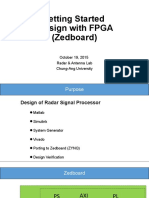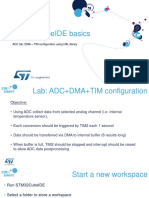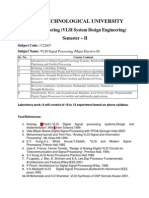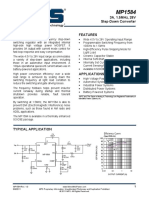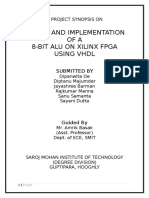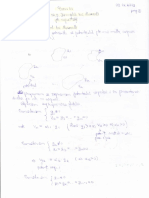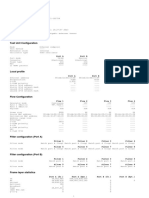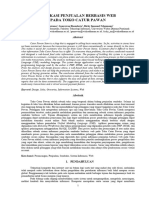0% found this document useful (0 votes)
214 views71 pagesTutorial 08 LUT FPGA Architecture RAM
Inference is usually the best option for distributed RAM as it allows the synthesizer to optimize the implementation. Instantiation gives more control but less portability. IP cores provide an easy way to generate RAM but with less flexibility.
Uploaded by
Andreea ChiriluşCopyright
© © All Rights Reserved
We take content rights seriously. If you suspect this is your content, claim it here.
Available Formats
Download as PDF, TXT or read online on Scribd
0% found this document useful (0 votes)
214 views71 pagesTutorial 08 LUT FPGA Architecture RAM
Inference is usually the best option for distributed RAM as it allows the synthesizer to optimize the implementation. Instantiation gives more control but less portability. IP cores provide an easy way to generate RAM but with less flexibility.
Uploaded by
Andreea ChiriluşCopyright
© © All Rights Reserved
We take content rights seriously. If you suspect this is your content, claim it here.
Available Formats
Download as PDF, TXT or read online on Scribd
/ 71
